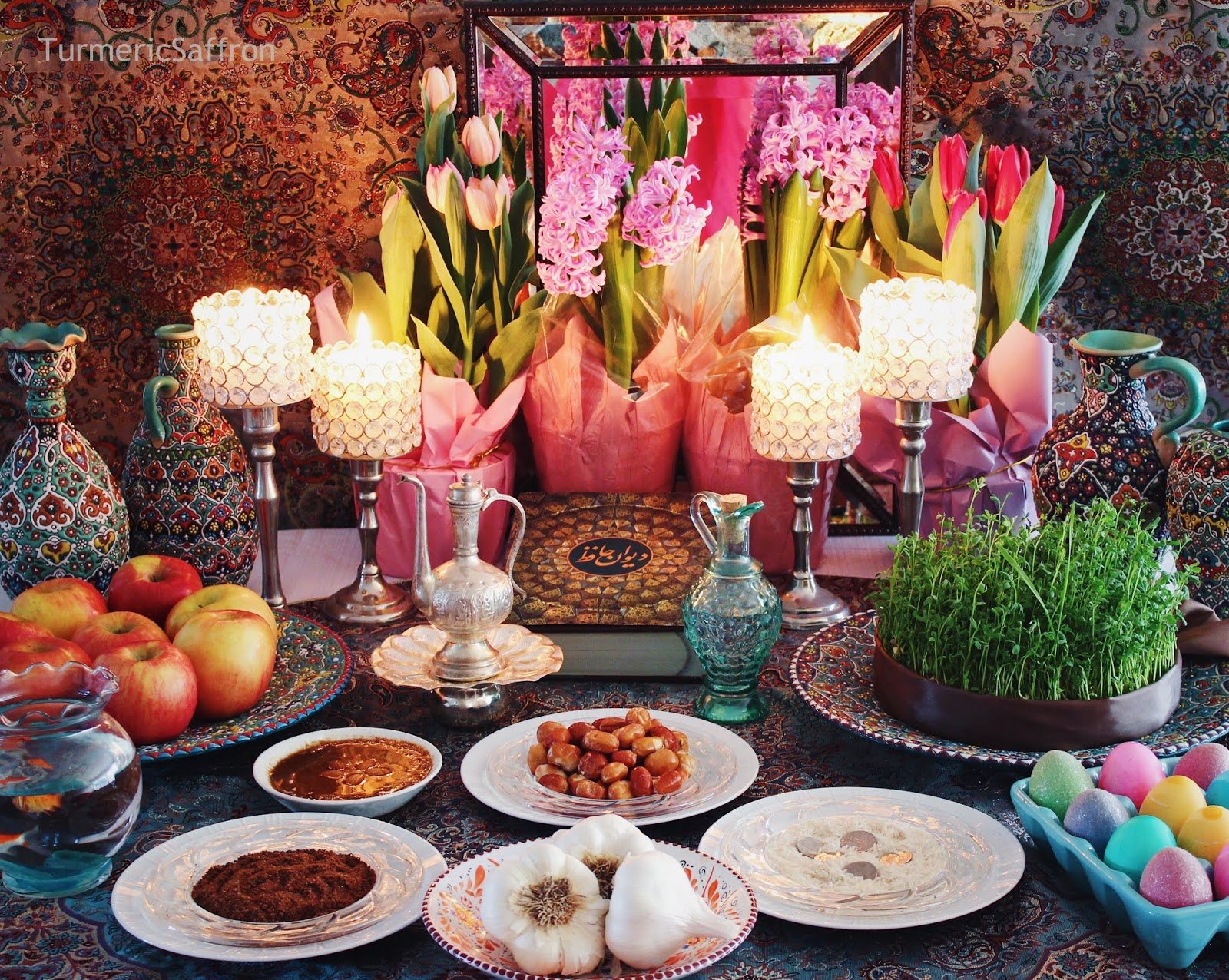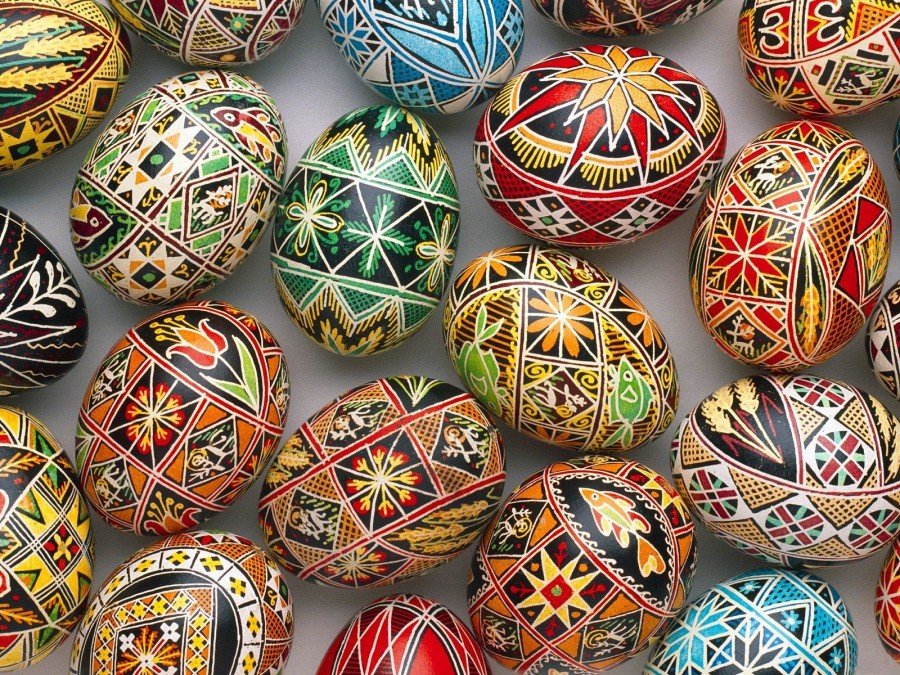The table set for Nowruz, the Haft-Seen table, is a significant aspect of the celebration and holds deep symbolic meaning. The Haft-Seen table typically includes seven items, all starting with the Persian letter "seen" (س), hence the name "Haft-Seen" (Seven S's). Each item represents a different aspect of life, nature, or hope for the new year. While the specific items ...
- calendar_month March 19, 2024
- category Cultural, Cultural Traditions
- post Glendale California Real Estate Agent, Glendale Real Estate, Los Angeles Real Estate, RealEstateGlendale, RealEstateGlendaleCalifornia, Rosa Peña, Rosa Pena Real Estate, RosaPenaRealty.com

